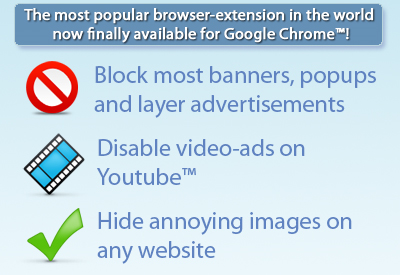Responsive Web Design
Not often thought of as a technology, but with more and more handheld devices been brought to the market on almost a daily basis, webmasters alike are now required to incorporate their designs to cater for numerous smaller screens. In the past it was accustom to design two separate sites for a project, so mobile users can access the content albeit on a smaller screen. This quickly became tiresome for those involved as you would need to create two sets of content for each along with two separate designs. Now with the addition of smartphones and tablets the web is constantly in reach of our finger tips for almost anyone.
 Now content has to be smart, interchangeable and designed in such a way to be accessible across the whole device market. Basing your designs around the content will shape the future, and with Responsive Design you can allow the content to scale to the device which is being used. Now one base design can fit all and be further molded to embrace the device, not overshadow it. It will be interesting to see how this design trend fairs in the coming months and what further development can be implemented to essentially reduce the disparity between devices.
Now content has to be smart, interchangeable and designed in such a way to be accessible across the whole device market. Basing your designs around the content will shape the future, and with Responsive Design you can allow the content to scale to the device which is being used. Now one base design can fit all and be further molded to embrace the device, not overshadow it. It will be interesting to see how this design trend fairs in the coming months and what further development can be implemented to essentially reduce the disparity between devices.Twitter Bootstrap
Firmly established as one of the most popular framework's out there on the web space market, Twitter Bootstrap has become a standard for rapid prototyping of web applications and is used by many developers worldwide for its quick and unambitious use of grid layouts and availability of additional tools. Project lead's Mark Otto and Jacob Thornton have recently shifted the project into it's own open source organisation to help further progress the framework. This and the fact that they see Bootstrap as an ever evolving project with updates and bug fixes being put out on a swift and constant basis.
Since being posted on GitHub the web development community have really gotten behind and helped shaped the project with over 246 third party Bootstrap resources being created. Bootstrap seems to be riding on top of the wave and i predict this will continue throughout 2013.
Brackets
On the outset the Brackets project may seem to observers that it's just another plain old text editor vying for a piece of the pie in the seemingly never ending list of text editors. It's built with HTML 5, CSS and JavaScript, hosted on GitHub as open source and is free licensed under the MIT licence. Some of the features that are included off the bat are due to it been written in web code all of the source code is readily editable, allowing you to cater the interface to your requirements. Also included is a bundled version of JSLint which is often a life saver, helping to eliminate broken code on the offset rather than crossing hairs further down the line.
All this being said, you may think, so what? I can already do that in the editor i currently use, however i forgot to mention one key thing, this project is backed by technology goliath Adobe. Not only is it their first venture into the open source field, but it will be interesting to see the ramifications Adobe has on the project and where the monetization side of things will come into play.
Backbone.js
With browser speed ever increasing, JavaScript is beginning to come into it's own and is often seen as the linchpin for fast and sleek web applications. JavaScript libraries are now something every developer should include in their armory to structure their js code. The core development team behind one of the most popular js library's Backbone, is looking to push towards it's 1.0 release, which has been on the cards since March of last year.
The popularity of Backbone stems from a need to release data that can often become tied to the DOM. The principles behind this are to give freedom to the developer to build upon and allow them to structure their code in a Model, View, Controller method. 2013 looks set to be another bumper year for the team behind Backbone.
Sublime Text 2
Early in 2011 the one man outfit, Jon Skinner, released version 2 of the updated python based extension of Vim. At the end of July 2012 the project finally came out of beta, releasing the feature rich text based editor to the world. Since then more and more features have been added, to name a few, a Go To Anything navigation tool to move between files, Column Selection and MultiSelect Editing allowing for chunks of columns to be selected and edited altogether on the fly. Furthermore Sublime Text is inbuilt with it's own Package Control allowing for users to find, install, update and remove extensions without having to restart Sublime Text 2. The list of extensions or packages is huge and they allow for an auto-update feature alongside GitHub to download the latest version from their respective repository.
 Above all Sublime Text 2 is fast and minimalist in design, it's no surprise it's fastly becoming the most widely use text editor amongst developers. 2013 seems likely to be a springboard for this project with the announcement of some interesting new features to be incorporated in the coming months.
Above all Sublime Text 2 is fast and minimalist in design, it's no surprise it's fastly becoming the most widely use text editor amongst developers. 2013 seems likely to be a springboard for this project with the announcement of some interesting new features to be incorporated in the coming months.All in all 2013 sets to be year based around fluidity of design, content to become smarter and the usability of additional resources and tools to become integral to accomplishing web applications. The future looks bright and in an ever changing industry it will be interesting to see the way in which web development is shaped within the coming months.



























